Mapusaurus
Name Origin
Named after "Mapu," the word for "the land" or "earth" in the language of the indigenous Mapuche people of the region.
Family
Carcharodontosauridae
Classification
Diapsida, Saurischia, Theropoda
Habitat (Discovery Location)
Argentina, Chile
Period
100 to 90 million years ago (Late Cretaceous)
Length
Approximately 12 meters
Weight
Approximately 4 tons
Diet
Carnivore (Meat-eater)
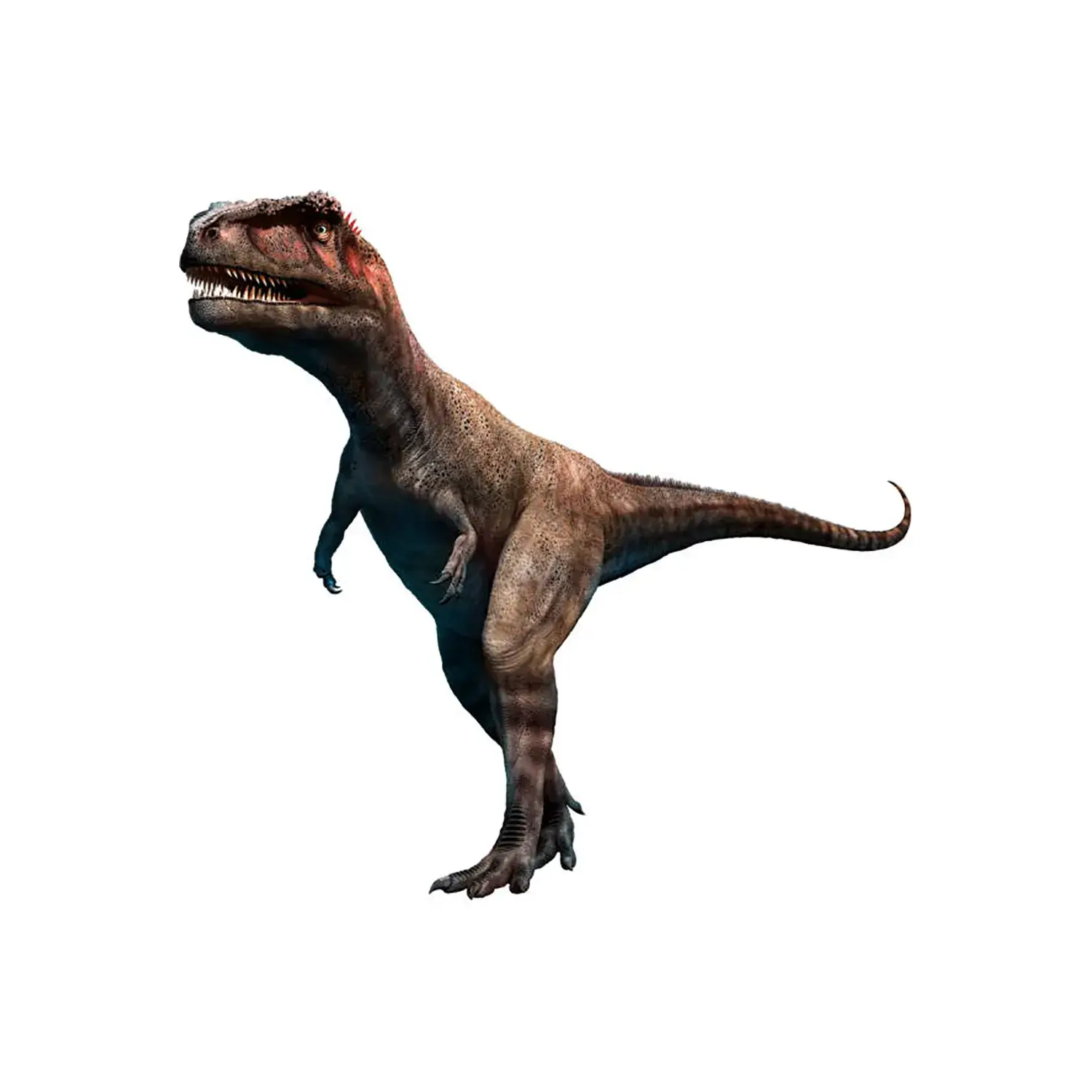
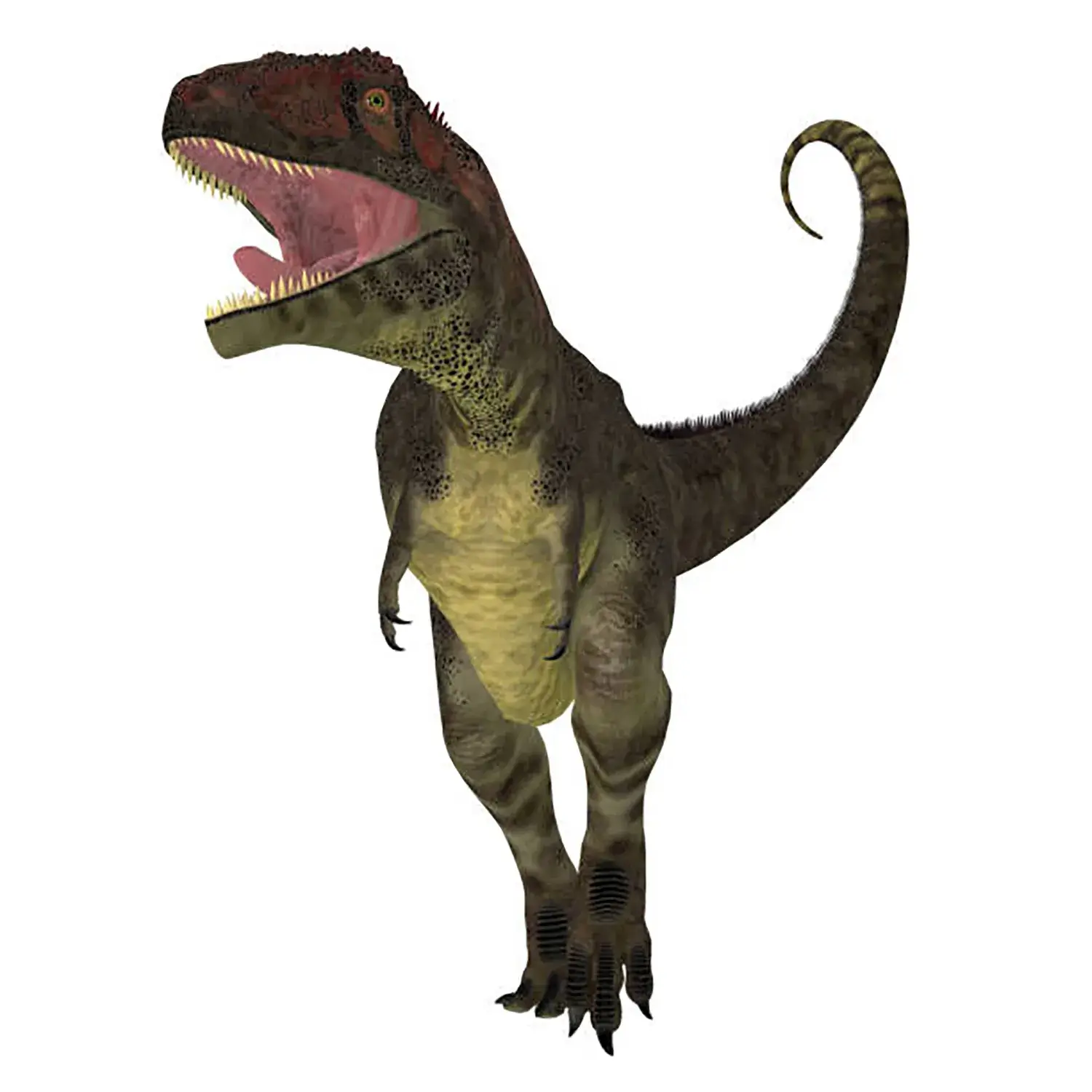
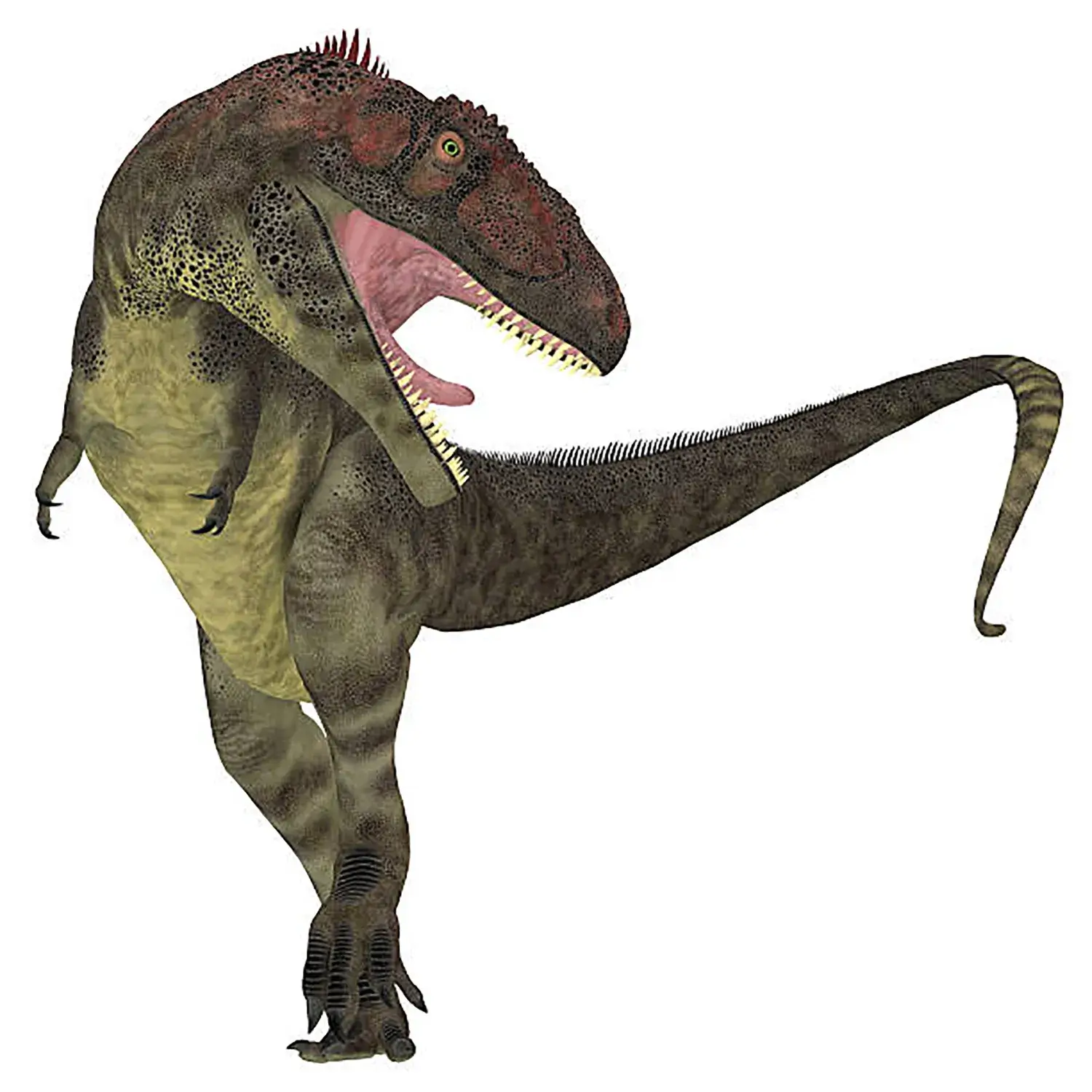
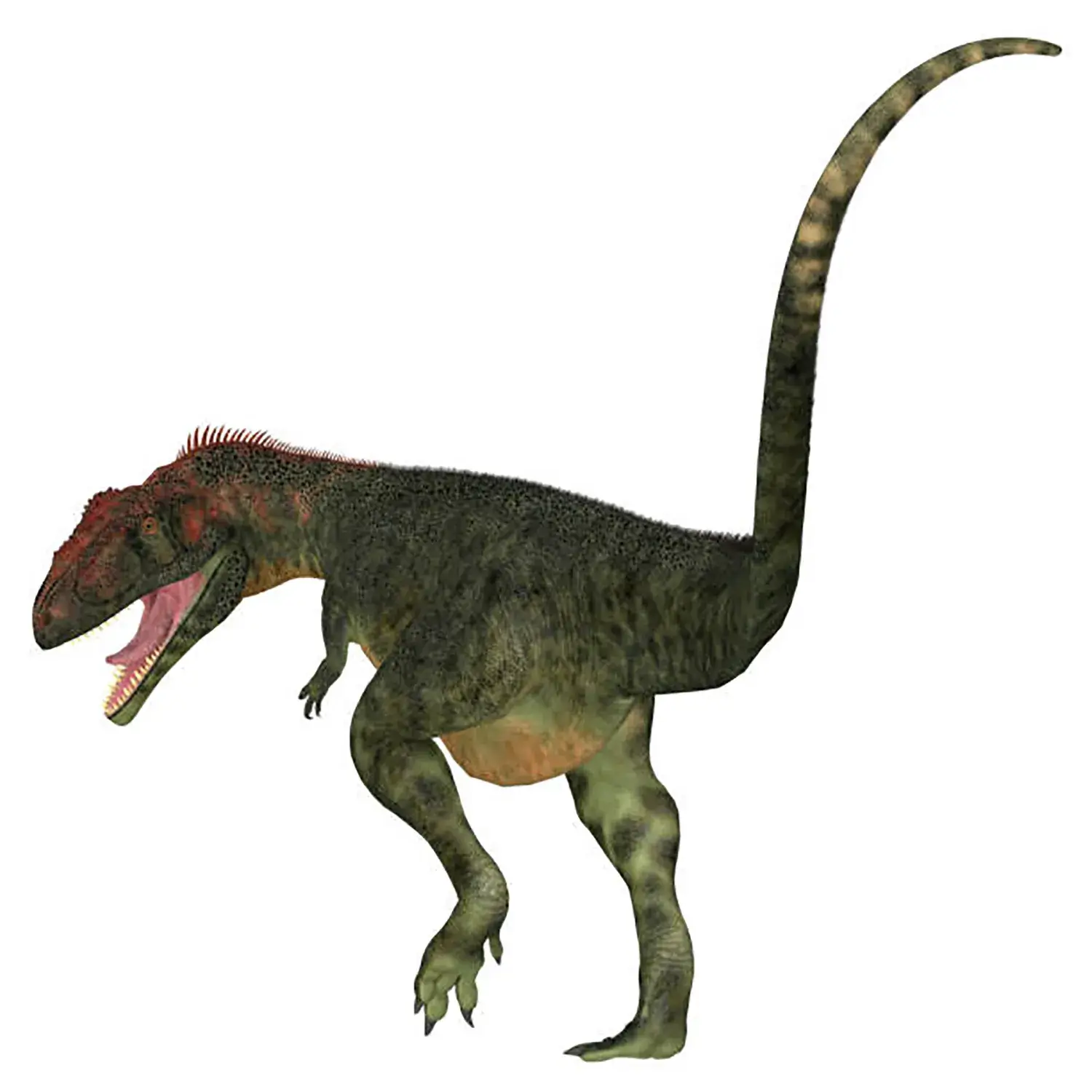
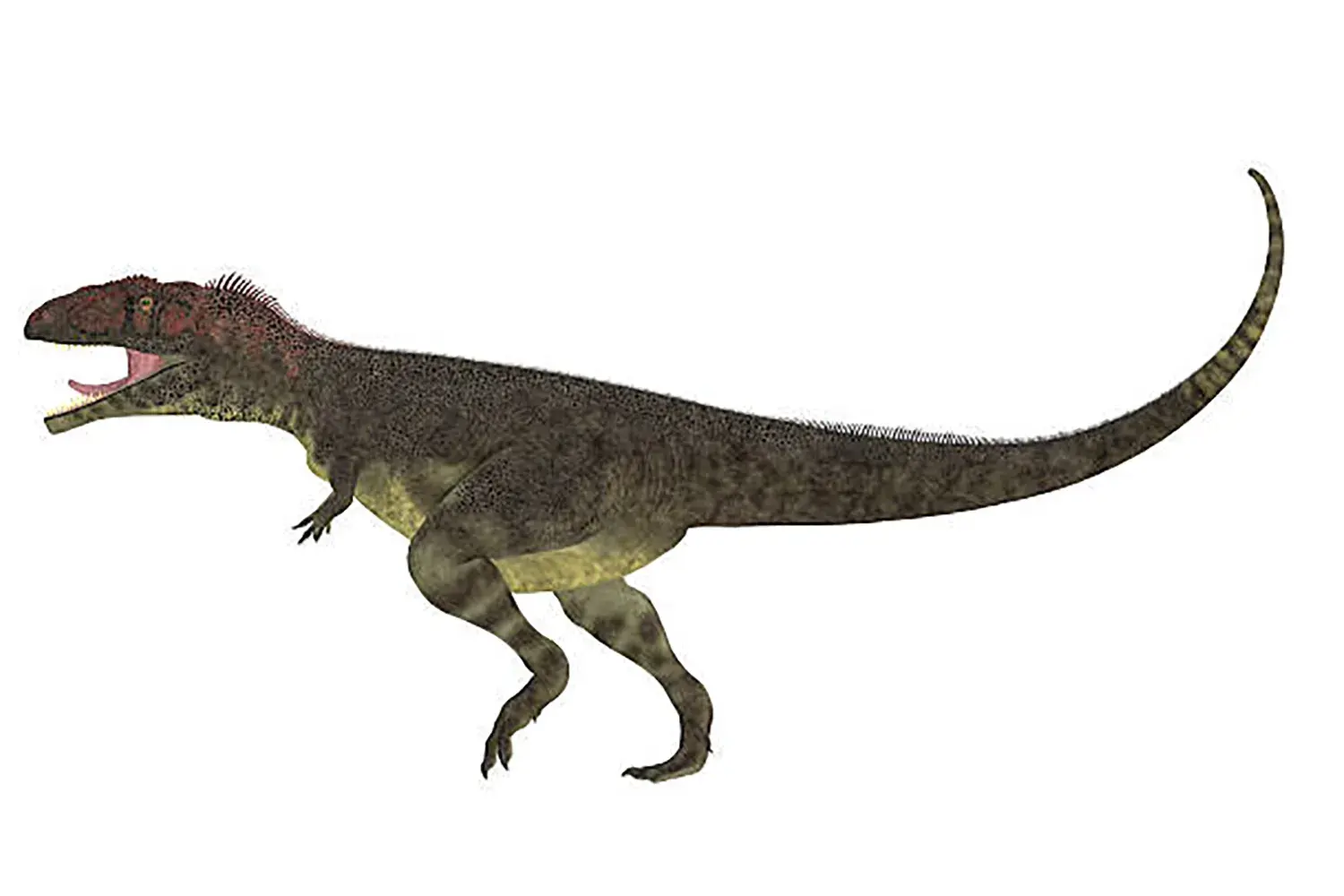
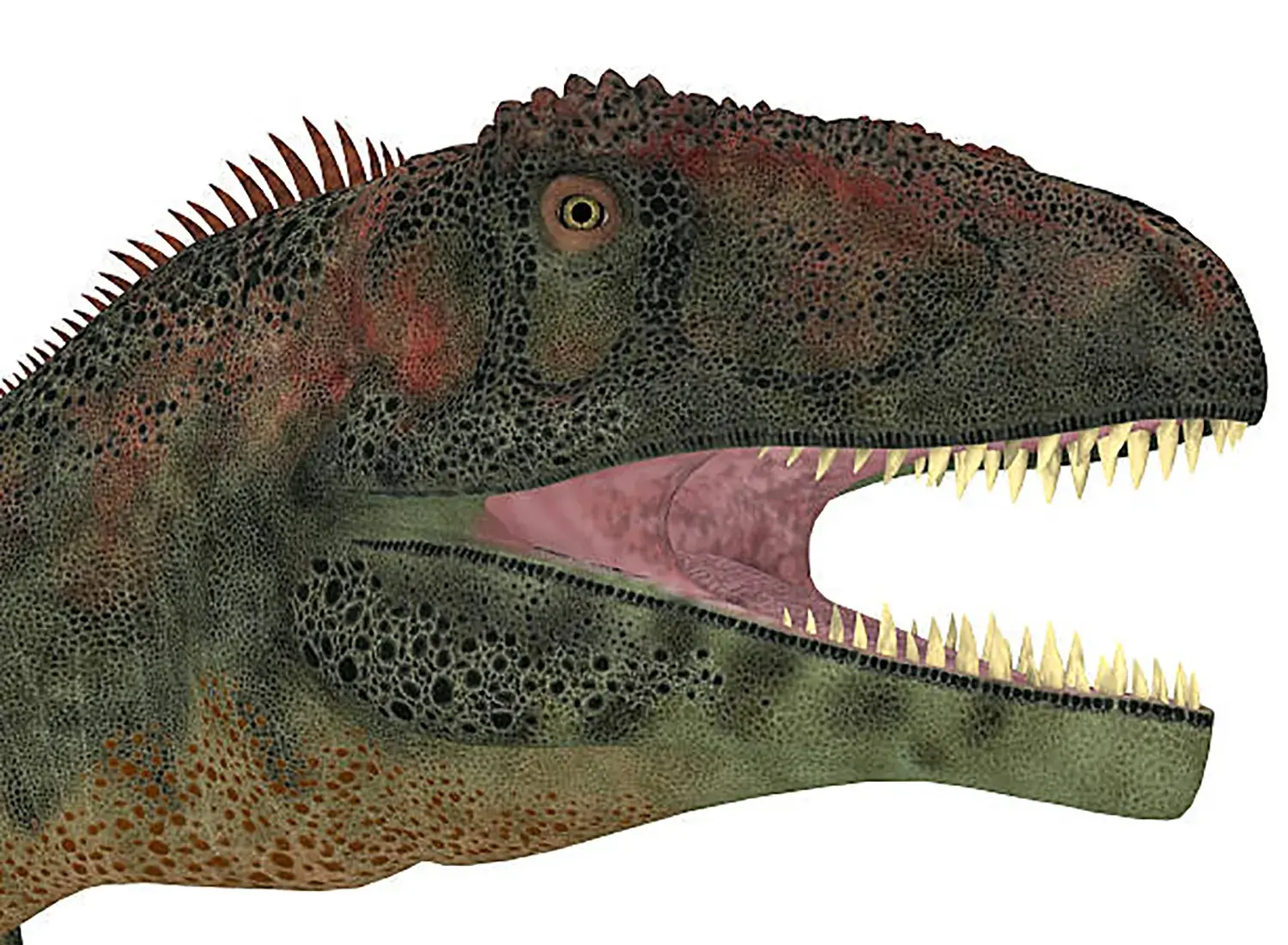
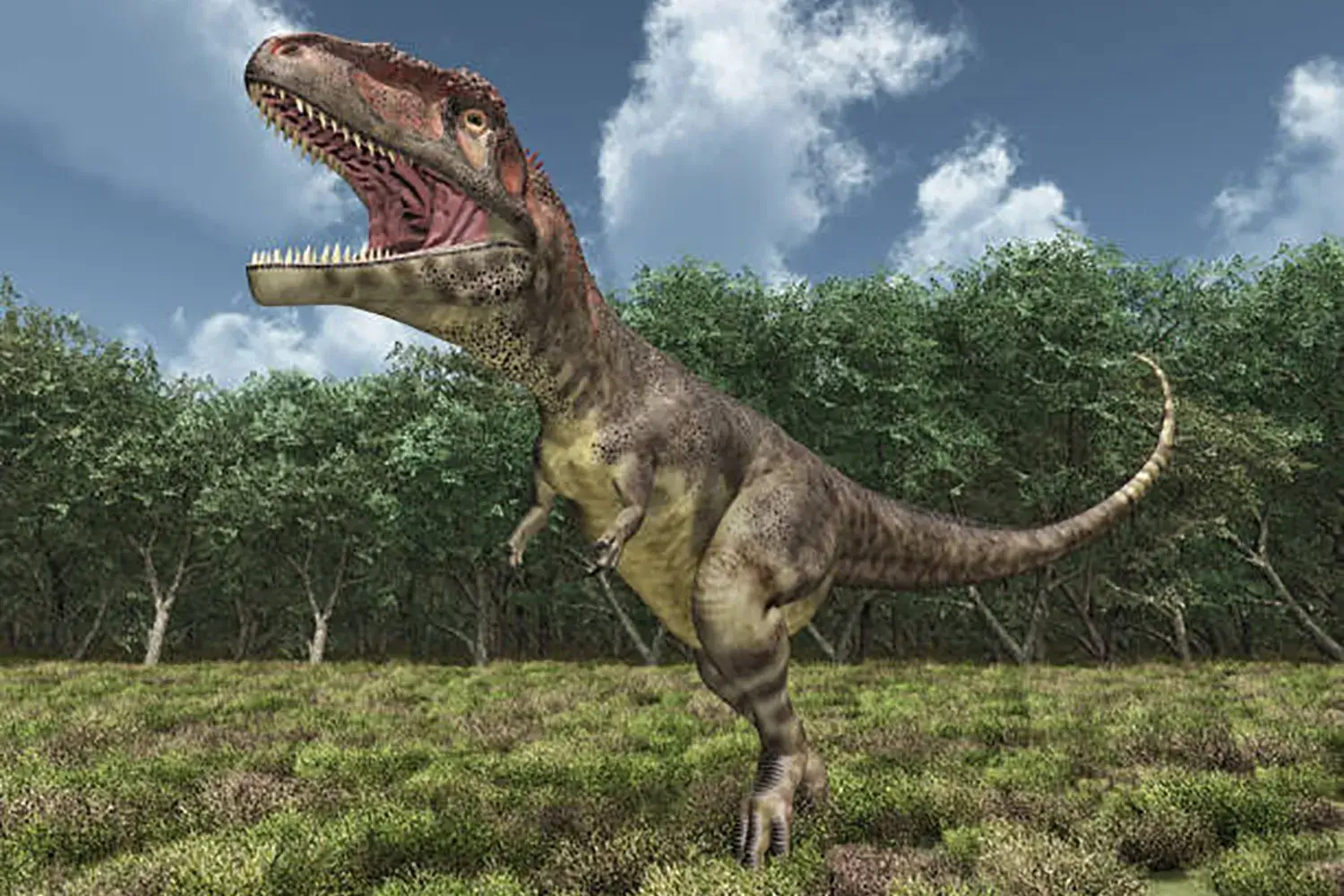
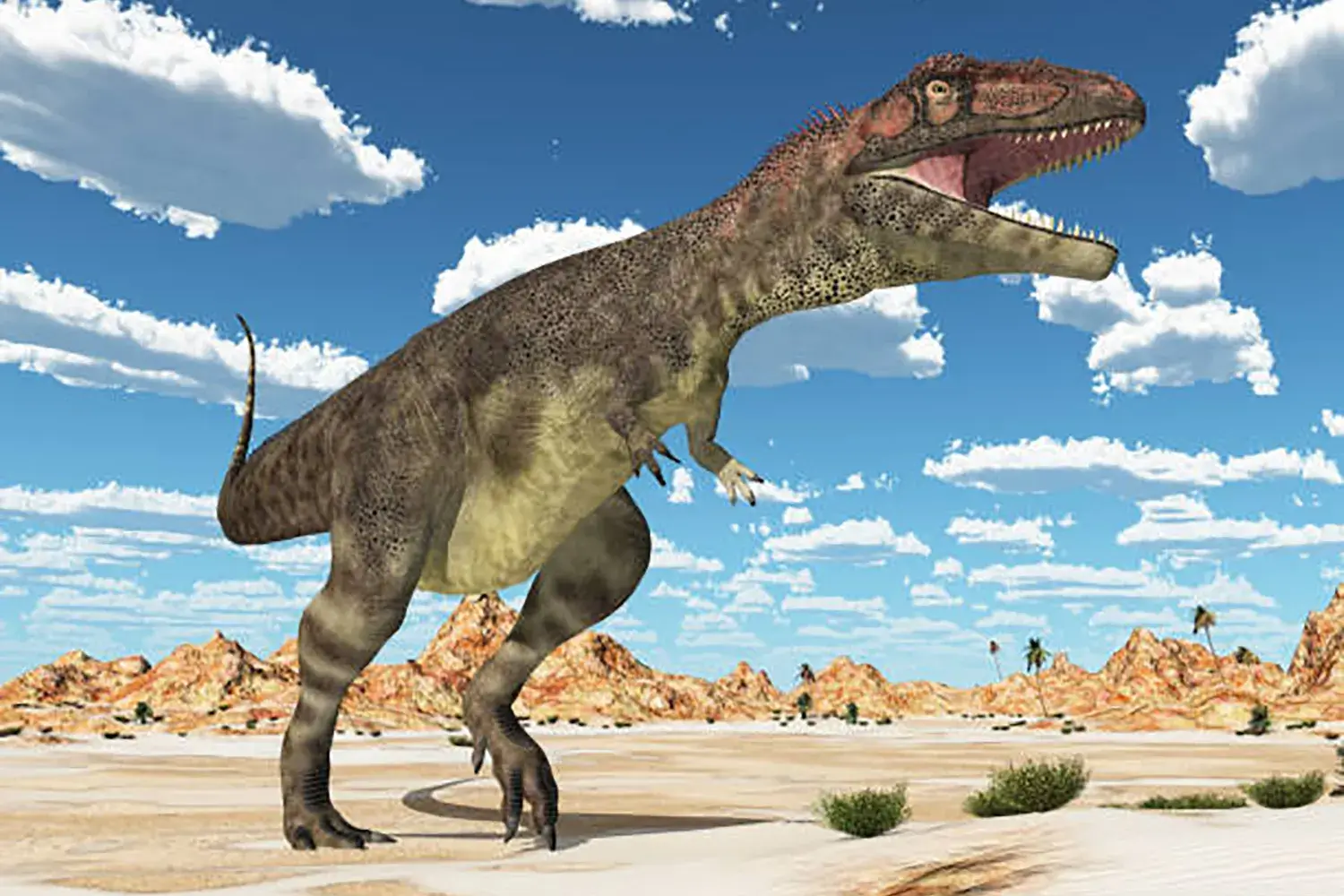
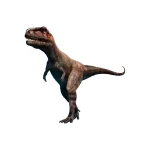
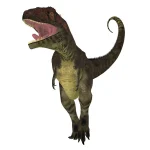
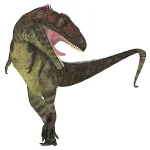
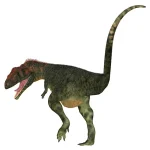
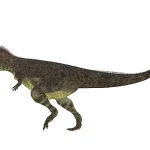
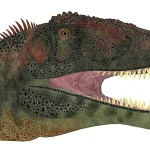
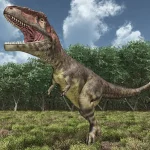
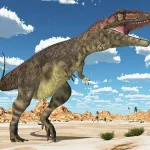
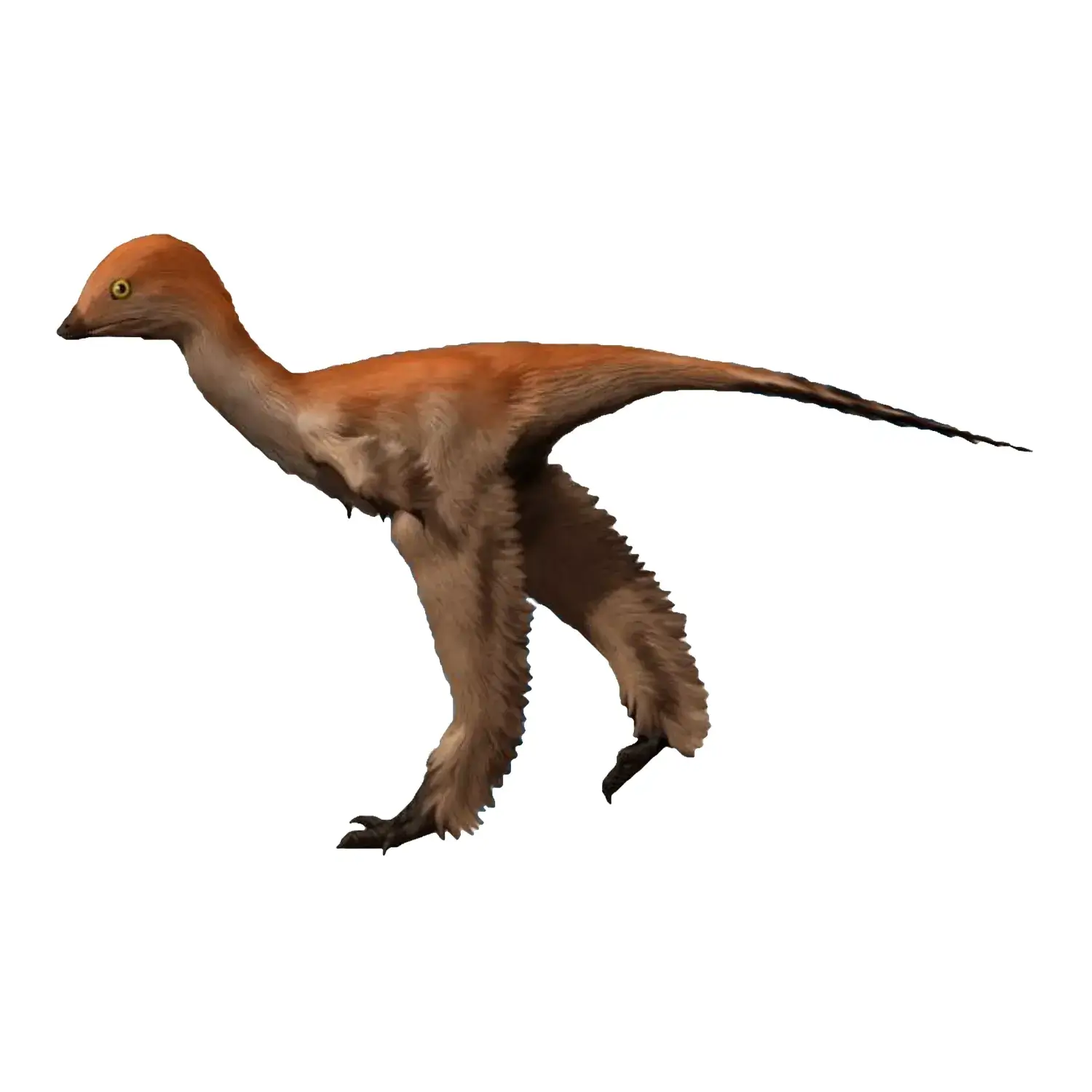
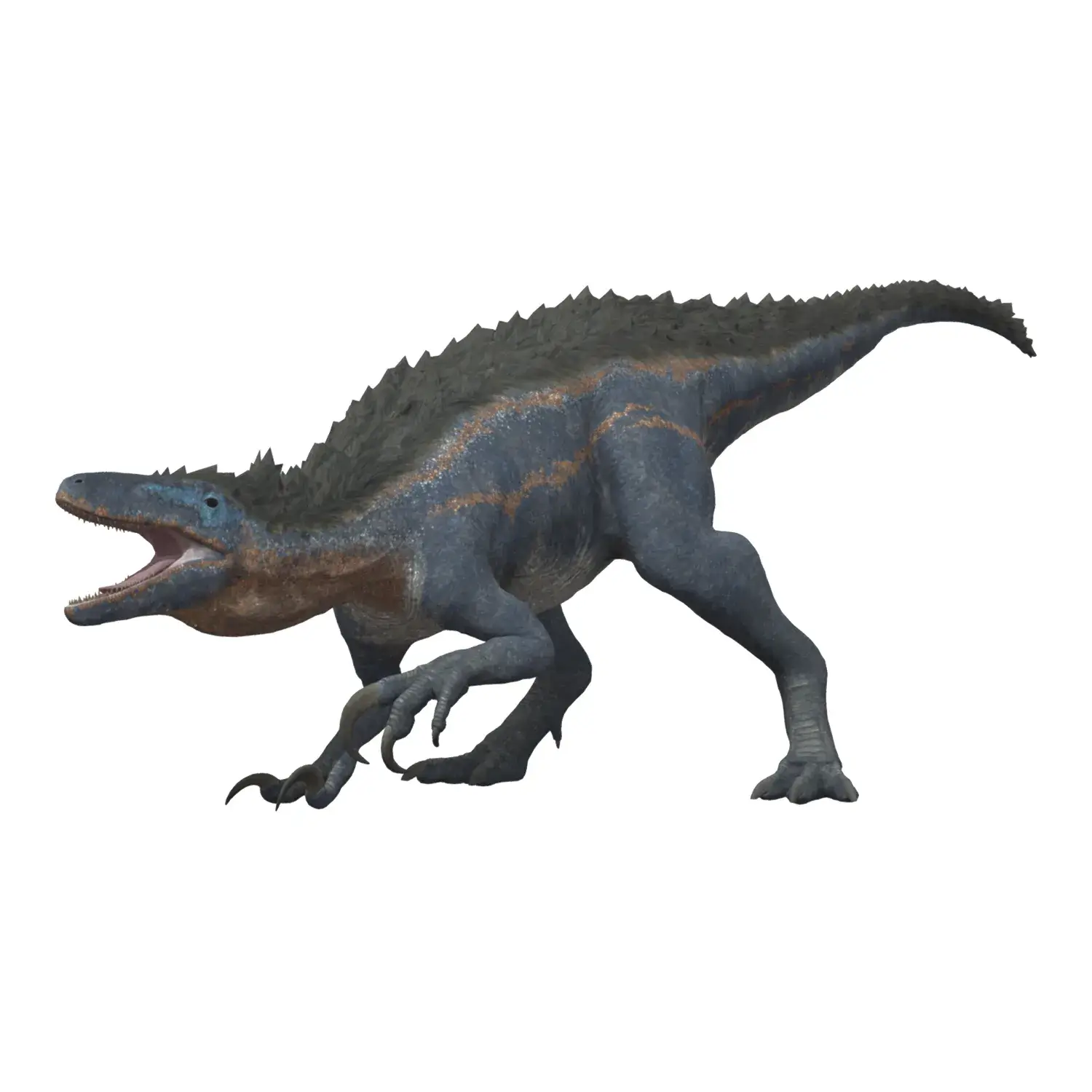
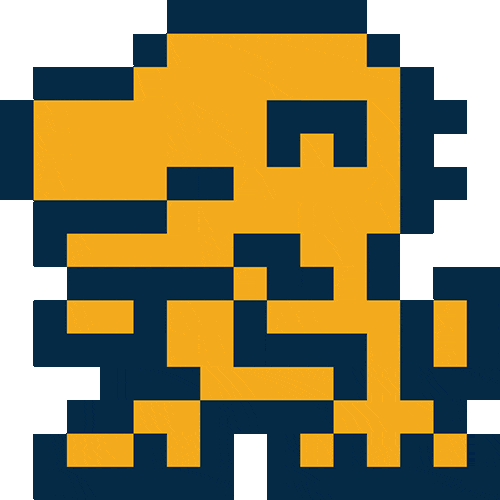
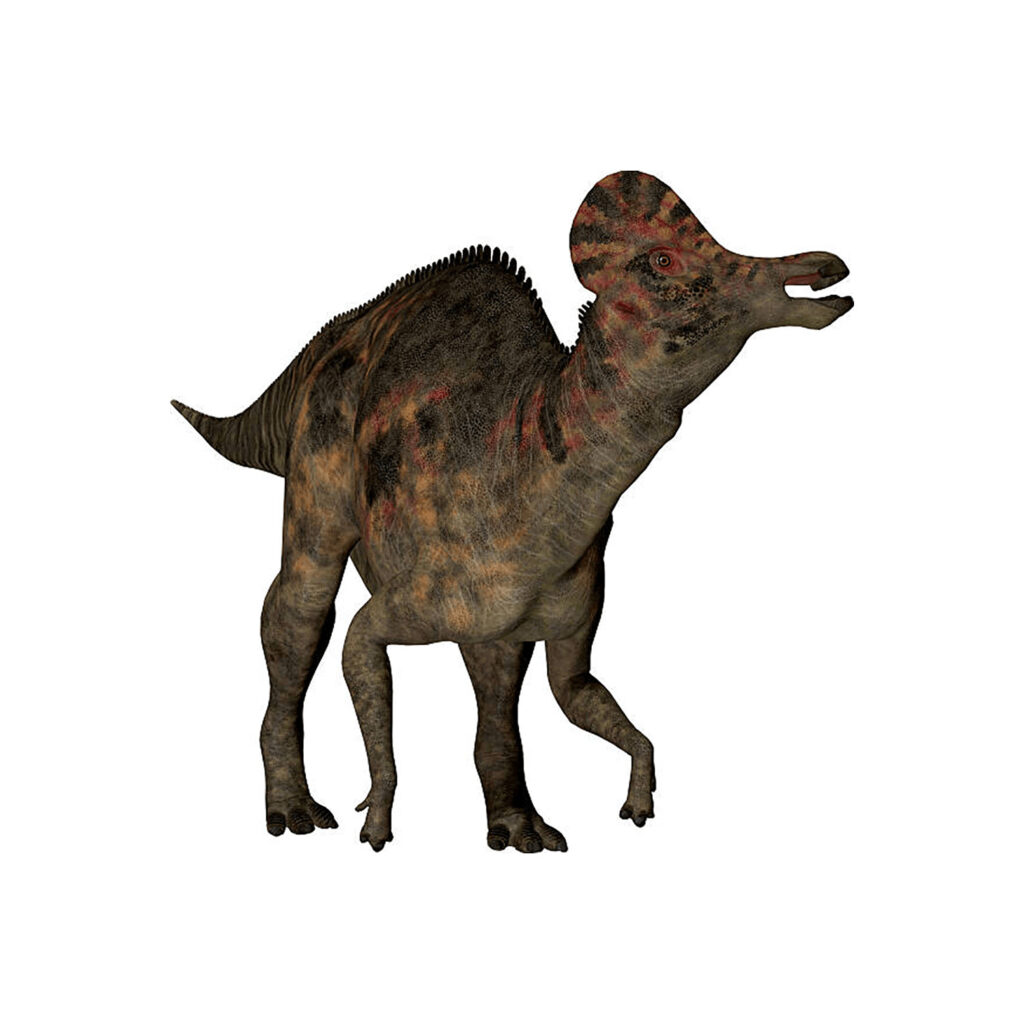
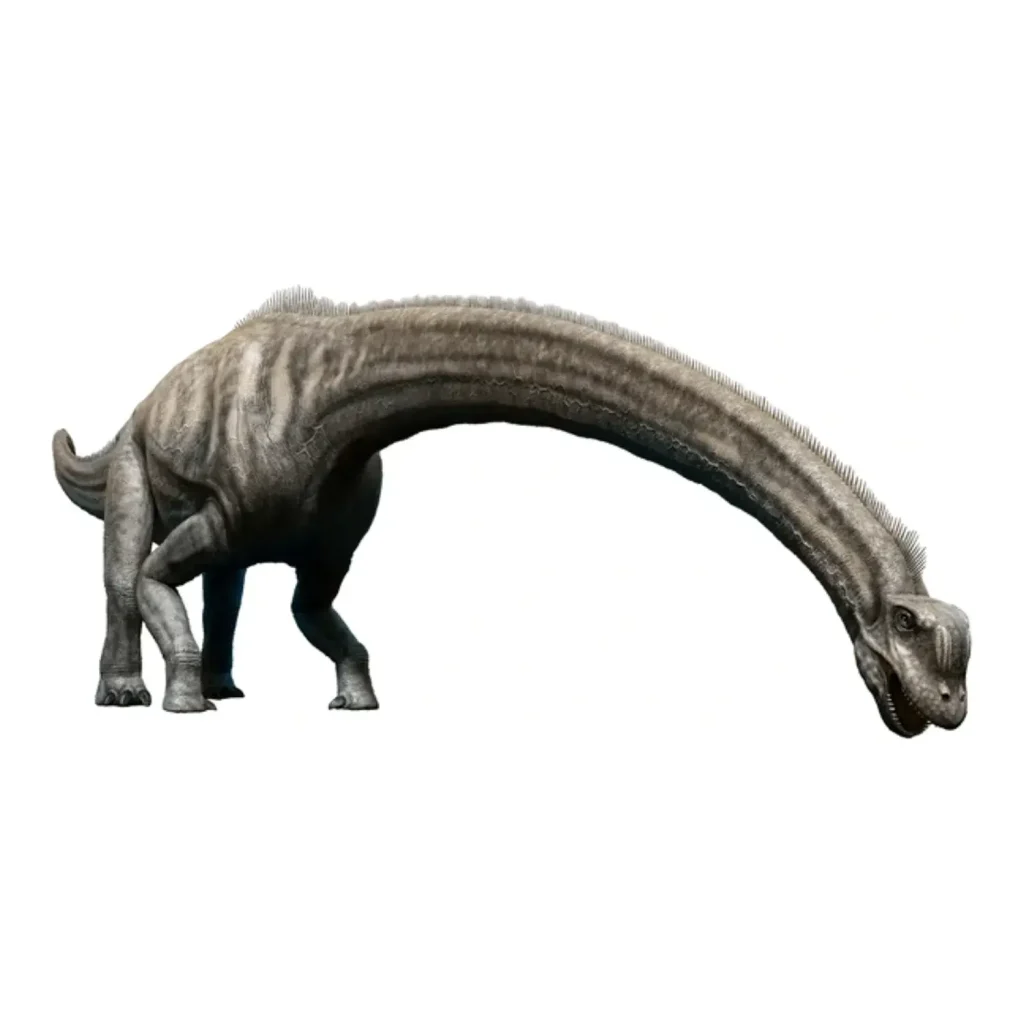
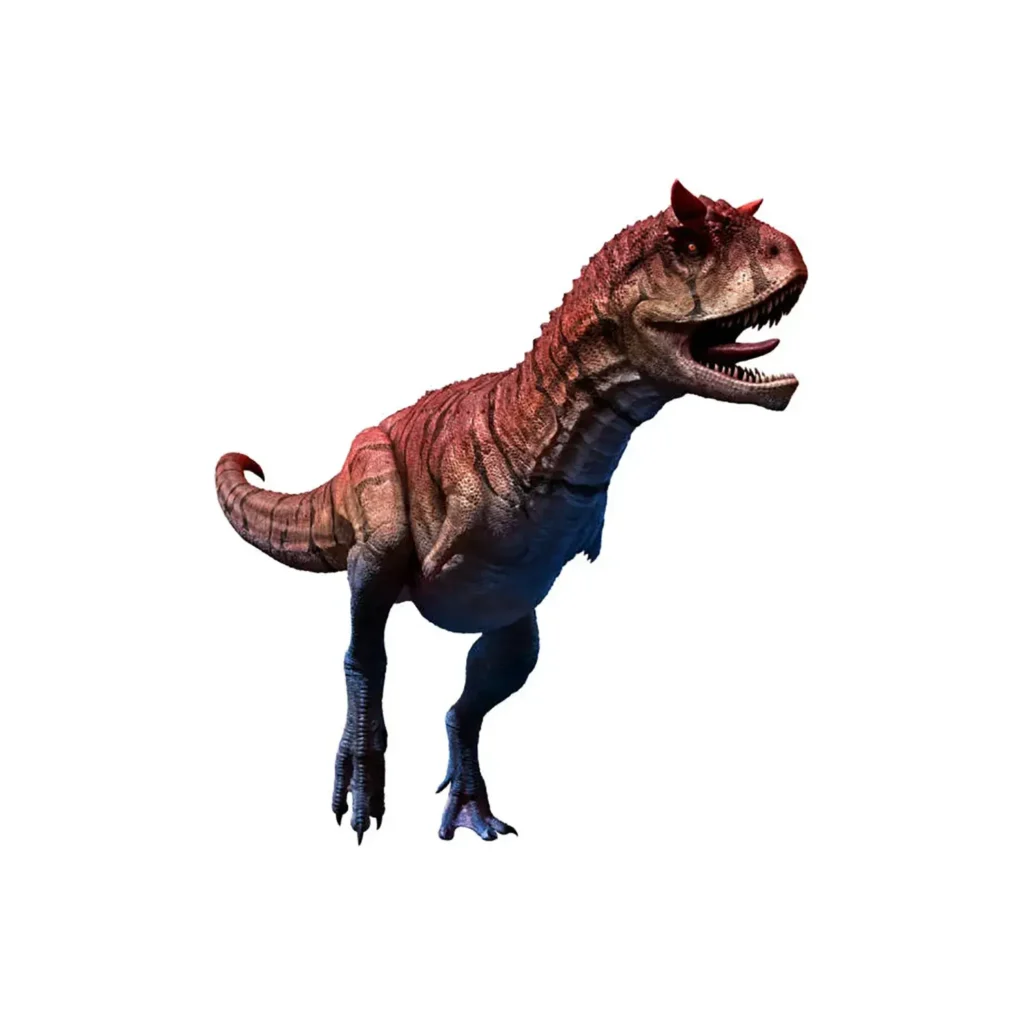
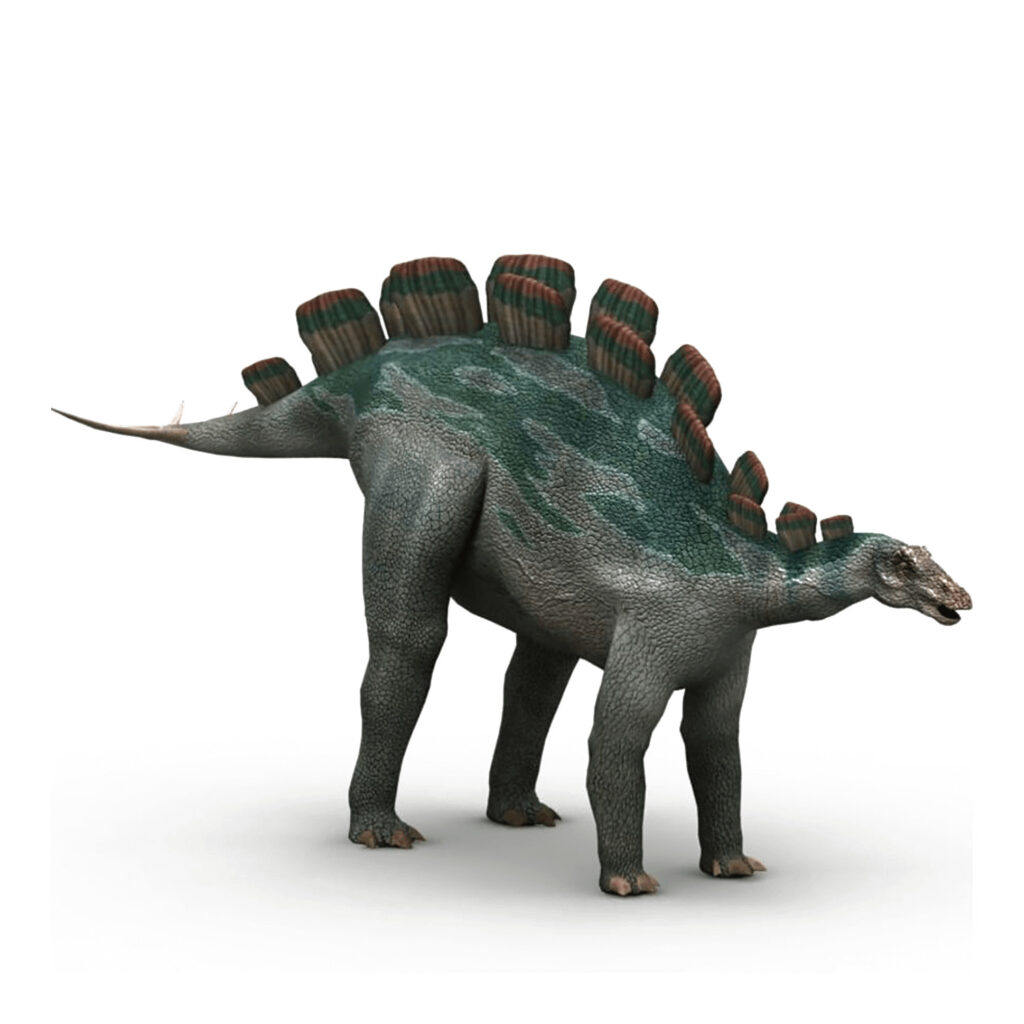













Description
Mapusaurus was a large carnivorous dinosaur that lived on the South American continent (present-day Argentina and Chile) during the Late Cretaceous period.
Its name is derived from “Mapu,” the word for “the land” or “earth” in the language of the indigenous Mapuche people, and fittingly for its grand name, it boasted a colossal size.
Colossal Size and the Secret of Its Lightweight Structure
Mapusaurus reached a length of up to 12m, a colossal size that rivaled the king of the dinosaurs, Tyrannosaurus, and the South American giant, Giganotosaurus.
Attack Style
It is believed to have specialized in sharp, slicing attacks, using its keen teeth to inflict deep wounds that caused its prey to bleed to death.
It Used Its Keen Teeth to Slice Up Prey.
Mobility
While adults were presumably not very quick due to their massive size, juveniles with their more delicate bones are thought to have been highly agile.
Lightweight Skeleton
Because large hollows can be seen in its body bones, its estimated weight was only about 4 tons, making it lighter than heavyweight carnivores like Giganotosaurus.
This lightweight skeleton suggests it was slender for its colossal size.
Classification
It is closely related to the Carcharodontosauridae family, including Giganotosaurus, and its hind limb structure also resembled that of Allosaurus.
The Mystery of the “Bonebed”
To date, about nine specimens, ranging from sub-adults to adults, have been excavated together in a single location, which is known as a “bonebed” (fossil concentration).
Initially, it was thought that they lived in packs, but the prevailing theory now suggests they gathered in the same location due to some shared circumstance.
Nevertheless, the possibility that they hunted communally and lived in family groups is still a strong point of discussion.